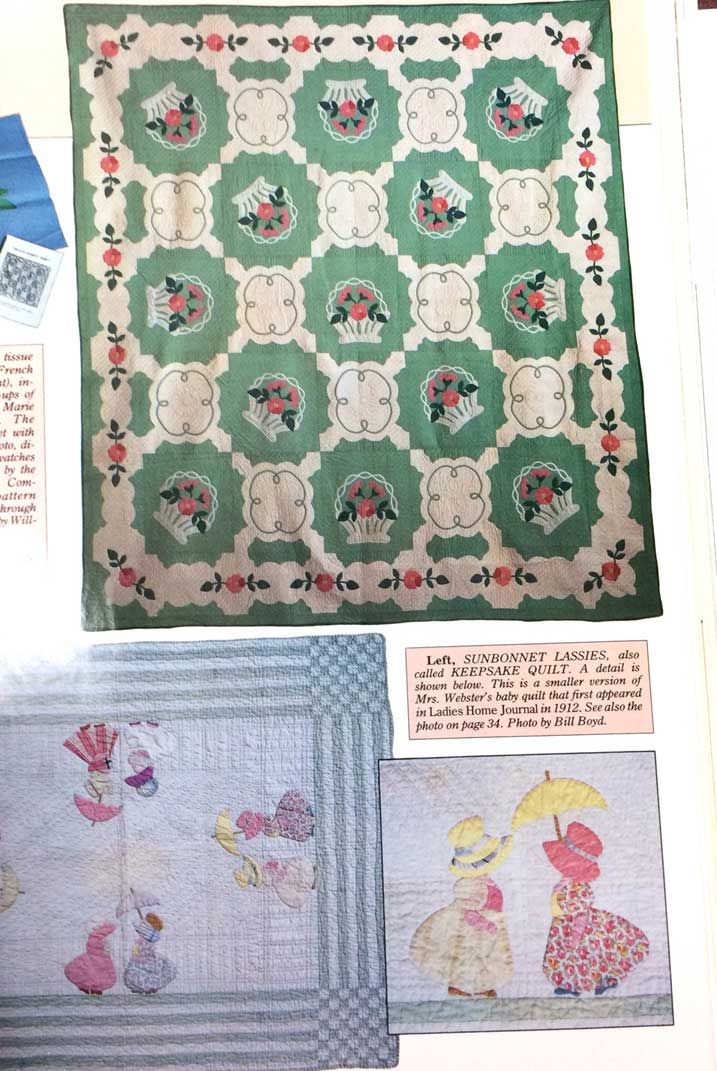Saturday A.M. Quilt Break: December in Quilt History

I hope this finds you enjoying your Saturday, particularly if you are preparing to celebrate Christmas on Monday. Here are a few history tidbits about quilty things that have occurred in Decembers past to help inspire you to create your own quilty history!
1872

In its December 21 issue, Harper’s Weekly published the engraving “The Patchwork Quilt” by E.W. Perry, which depicted an old woman quilting at a frame. The accompanying text claimed quilts were a dying tradition and would soon be obsolete.
1911
In January, Ladies Home Journal published quilt designs by Marie Webster for the first time. Webster’s patterns were an immediate success, which led her to launch a quilt pattern business that became the Practical Patchwork Company in 1921. She is credited with bringing the Arts and Crafts Movement’s aesthetic and emphasis on natural forms to quilt design. To read more about Marie Webster and see some of her designs, visit The Quilters Hall of Fame website here.

1933

December 29, First Lady Eleanor Roosevelt was presented with a Roosevelt Rose quilt designed by quilt historian Ruth E. Finley. The appliqued floral motif was meant to represent President Franklin D. Roosevelt’s New Deal policies. In accepting the quilt, Eleanor Roosevelt expressed interest in a revival of quiltmaking as folk art. “The Roosevelt Rose—A New Historical Quilt Pattern” was published in the January 1934 issue of Good Housekeeping.





Join the Conversation!